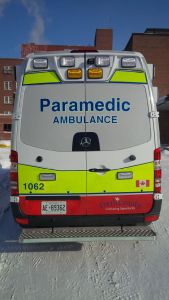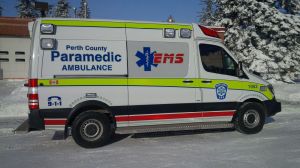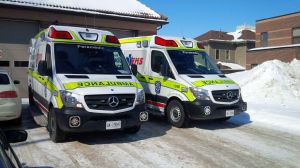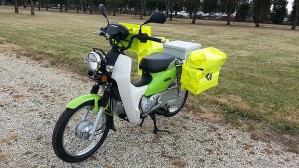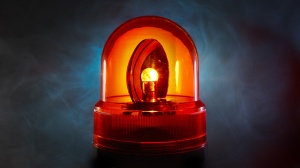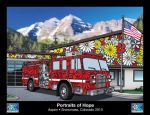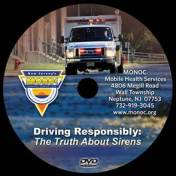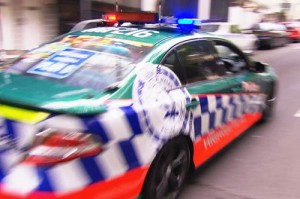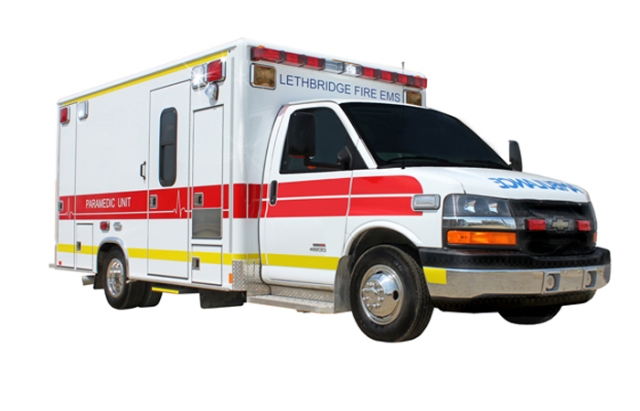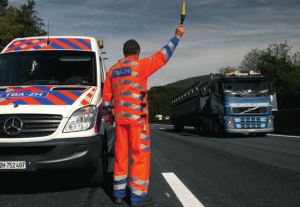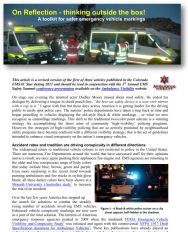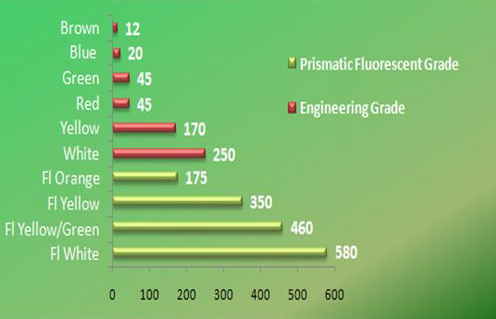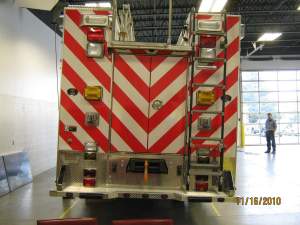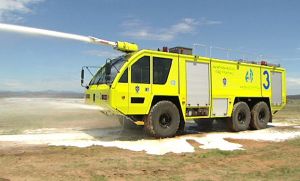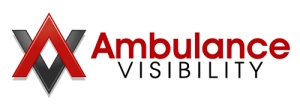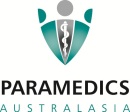Endeavour Energy has updated the markings and warning lights on its fleet of response vehicles. They now display Hi-Vis fluorescent markings and a fully synchronised pattern of amber warning lights that simultaneously flash through 360 degrees and are visible from any viewing angle around the vehicle.
Ambulance Visibility was engaged by Endeavour Energy to make scientifically based recommendations on visual warning methods and draft a new marking/warning light specification for their response vehicles. Redline Fleet completed the lighting fit-out and a link to their YouTube video appears below.
The approach to the redesign by Endeavour Energy was unique. The Energy provider trialled three different arrangements of markings and warning lights so that staff could assess how effective each style was under real world conditions, including operations on suburban, rural and expressway roads, both day/night and under different weather conditions. The lead design [of the three designs] incorporating fluorescent/reflective markings with simultaneously flashing amber lights was voted by staff as the most visible and effective layout under all conditions.
The positions usually allocated for markings and warning lights on the response vehicles were unavailable due to the location of the existing equipment boxes and racks. By necessity, this encouraged innovative solutions to ensure that 360 degree visibility and viewer interpretation of the vehicle’s purpose, size and orientation were not compromised, especially at road incidents and other high-risk situations.
After the trials were completed, the staff readily agreed with the scientific findings that large panels of fluorescent/reflective colour combined with a synchronised lighting solution provided significantly greater levels of visual conspicuity and recognition by the public. The synchronised light-heads flashing simultaneously in a double-flash pattern around the vehicle were found to be superior to random flashing or alternating light patterns under all types of road and weather conditions. This finding is in direct contrast to the popularity of the current trend supporting alternating lighting displays on emergency vehicles (particularly for bi-colour warning lights).
The synchronised lighting pattern provides unity and allows Endeavour Energy vehicles to be readily seen and identified when parked alone in traffic or easily differentiated from other vehicles parked alongside or nearby at an incident. The simultaneous flash pattern with its distinct off period also increases the opportunity for passing drivers to discern and avoid people walking around the Endeavour Energy vehicles in the dark at night.





